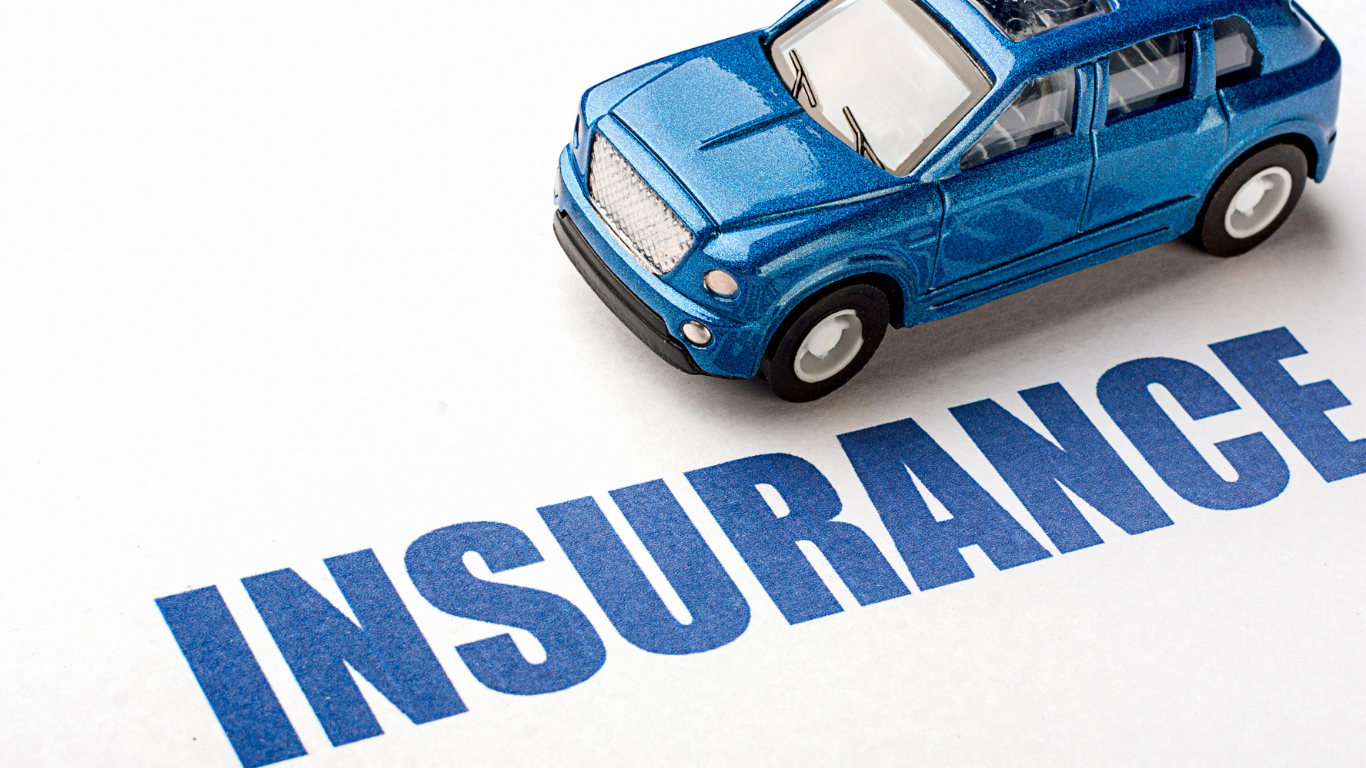How to Save Hundreds on Car Insurance
Comparing car insurance rates from different companies is one of the easiest ways to save hundreds per year.
Check Multiple Companies
Don’t just go with the first quote you get. Do some research and get quotes from at least 3-5 major insurance providers like Geico, Progressive, State Farm and Liberty Mutual. Compare their rates and see who offers the best overall value. You could save $500 or more per year by switching from a high-priced insurer to a lower-cost competitor.
Compare Quotes Apples to Apples
When getting quotes, provide the same information to each company so you’re comparing similar policies. List the same coverage types and limits, deductibles, and drivers and vehicles to get an accurate comparison.
Look for Discounts
Ask each company what discounts they offer and see which ones you may qualify for. Things like bundling with home insurance, safe driver discounts, students with good grades, anti-theft devices, etc.
READ ALSO: How to Buy Affordable Home Insurance Online
Consider Raising Deductibles
If you’re comfortable with higher out-of-pocket costs in the event of a claim, increasing your deductibles from $500 to $1,000 can lower your premium by up to 20% with some companies. Just make sure you can afford the higher deductibles if needed.
Review and Switch
Once you’ve compared quotes and discounts, review your options and switch to the company offering the best overall value. You’ll enjoy the extra money in your pocket month after month, and in many cases, you won’t experience any difference in service or coverage. Simple moves like comparing rates can really pay off!
Ways to Ask About Discounts
When you’re shopping around for car insurance, don’t forget to ask about discounts. Insurance companies offer all sorts of ways to lower your premium, you just have to inquire.
1. Multi-policy discount
Do you have homeowner’s or renter’s insurance too? Bundle them together with the same company and save up to 15-20% on both policies.
2. Safe driver discount
If you have a clean driving record with no accidents or tickets in the last 3-5 years, you may qualify for a safe driver discount which can knock 10% or more off your premium.
3. Usage-based discount
Many major insurers now offer usage-based or telematics programs that can save you money if you’re a low-mileage driver or travel fewer miles than average. They use a device you install in your car to track your driving habits and may give you a 5-15% discount for less frequent use.
4. Increase your deductibles
Raising your collision and comprehensive deductibles to $500 or $1,000 can lower your premiums by up to 30% while still providing good coverage for major claims. Just make sure you can afford the higher out-of-pocket costs if you have an accident.
5. Ask about other ways to save
Don’t stop there. Inquire about discounts for bundling other policies, anti-theft devices, anti-lock brakes, students, military members, etc. You have to ask to receive, so make sure you get all the discounts you deserve to save hundreds every year on your car insurance.
Ways to Adjust Your Coverage
Adjusting your car insurance coverage is one of the easiest ways to lower your premiums. Some of the ways include
1. Lower your liability limits
Liability coverage protects you if you cause an accident that injures someone else or damages their vehicle or property. However, the state-required minimum liability limits are often much lower than what most policies provide. You can lower your premiums by decreasing your liability limits, though you do risk higher out-of-pocket costs if you cause an accident.
2. Drop comprehensive and collision coverage
Comprehensive and collision coverage pay for damage to your own vehicle in an accident or other events like theft, vandalism or weather events. If you have an older vehicle, the premiums for these coverages may cost more than your vehicle is worth. Dropping them can save you hundreds per year, though you will get no money from the insurance company if your vehicle is totaled or stolen.
3. Increase your deductibles
Increasing your deductibles — the amount you pay out of pocket for a claim before coverage kicks in — can lower your premiums substantially. Raising your deductibles from $500 to $1,000, for example, can reduce your collision and comprehensive premiums by 15-30% or more. Make sure the deductibles you choose are still affordable for you in case you need to pay them.
4. Drop unnecessary extras
Remove optional coverages you don’t need like rental car reimbursement, towing and labor, or roadside assistance. While convenient, these add-ons increase your premiums. You can often get similar coverage through other means at a lower cost.
Reviewing and adjusting your car insurance coverage is one of the best ways to reduce your premiums without sacrificing essential protection.
How to Improve Your Credit Score
One of the biggest factors that determines your car insurance rate is your credit score. Insurance companies see people with good credit as less risky to insure since they are more likely to pay premiums on time.
Here are some steps you can take to improve your score and lower your insurance costs:
1. Check your credit report for errors
Pull your free credit report each year and scour it for any mistakes. Dispute them with the credit bureaus to get them corrected. Even small errors can hurt your score.
2. Pay down your credit card balances
Keep your balances low relative to your limits. High credit utilization ratios hurt your score the most. Pay off any balances you can and avoid maxing out cards going forward.
3. Make payments on time
Payment history is the biggest factor in your credit score. Setup autopay if needed to avoid missed or late payments. Late or missed payments severely damage your score and stay on your report for years.
4. Limit new credit applications
Only apply for new credit when needed. New credit inquiries lower your score temporarily. Space out any new applications by at least 6-12 months if possible.
READ ALSO: How to Find Out if Your Husband Has a Secret Facebook Account
Shop Around Every Few Years
Every few years, it’s a good idea to shop around at different insurance companies to compare rates for your car insurance. Loyalty doesn’t always pay off, and you could potentially save hundreds of dollars per year by switching to a new provider.
1. Check Comparison Websites
Comparison websites like NerdWallet, The Zebra, and CarInsurance.com allow you to enter your information once and then see quotes from multiple companies side by side. This makes it easy to compare coverage and rates at a glance. Look for a balance of solid coverage, reasonable premiums, and financial stability. Don’t just go with the absolute cheapest option.
2. Contact Individual Companies
In addition to checking aggregator sites, get quotes directly from major insurance companies like GEICO, Progressive, State Farm and Liberty Mutual. Let them know you’re comparing rates and they may offer you a lower price to win your business. Ask about any discounts you may qualify for, like safe driver, student, military or bundling with other policies.
3. Review and Switch
Once you’ve compared a number of quotes, review them carefully based on your needs and budget. If you find a significantly lower rate from a reputable company, it may make sense to switch. Just make sure there are no penalties for canceling your current policy early. When you switch providers, be prepared to potentially pay a small fee for setting up a new policy. But the long-term savings can well outweigh this initial cost.
Conclusion
Shopping around for the best and most affordable car insurance rates should be an ongoing process. Make it a habit to compare rates from different companies every couple of years or if your situation changes. Keeping your coverage optimized and payments as low as reasonably possible will put more money back in your pocket over time. The few hours it takes could yield hundreds in annual savings.



